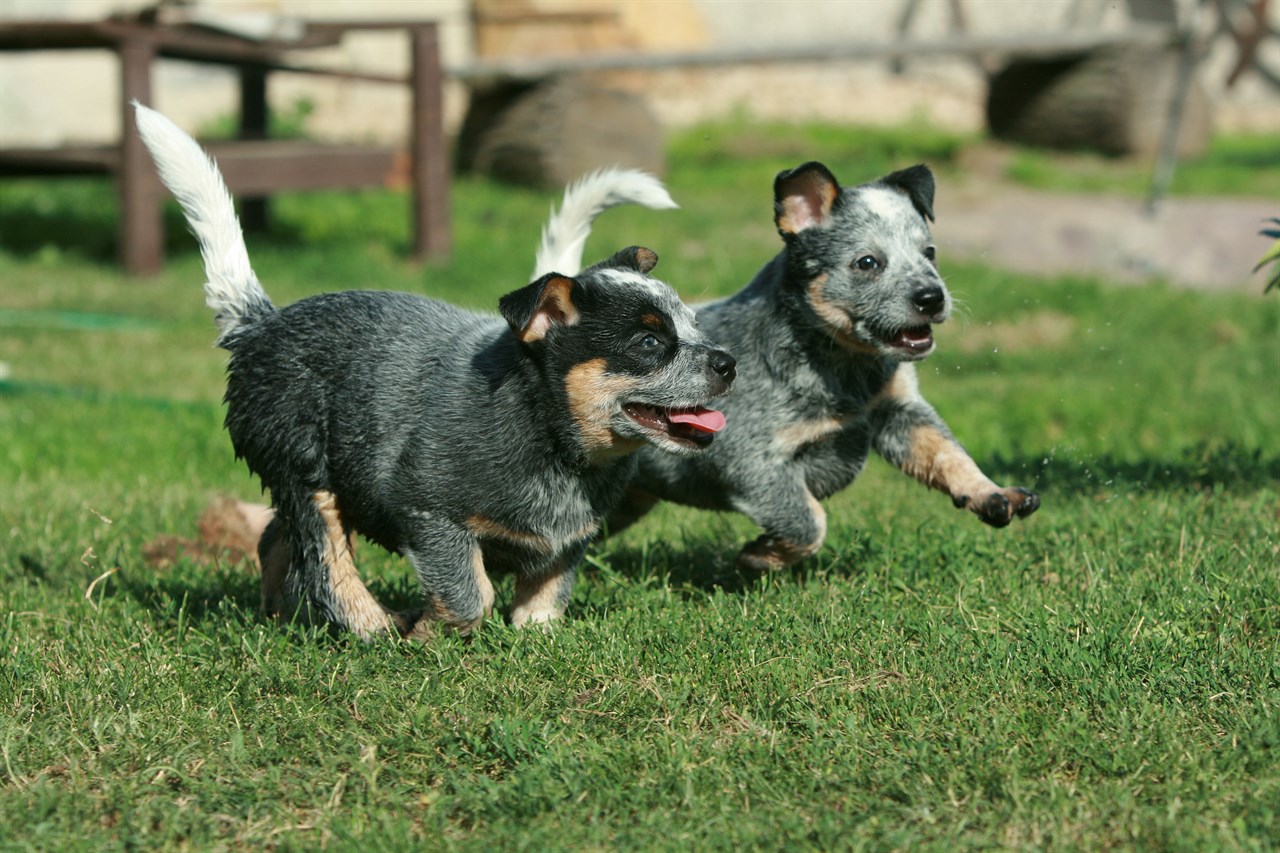Feeding Habits and Food Requirements of the Australian Cattle Dog

Proper nutrition is essential to keep your Australian Cattle Dog (Blue Heeler) healthy and active. These dogs are known for their boundless energy and need for a well-balanced diet. Understanding their feeding habits and food requirements is crucial for their overall well-being.
Balanced Diet
Cattle Dogs require a balanced diet that provides them with the necessary nutrients to support their active lifestyle and maintain their ideal body condition. Look for high-quality dog food that lists meat as the first ingredient and avoids fillers like corn or soy.
Protein Requirements
Protein is essential for muscle maintenance and overall health. Cattle Dogs benefit from a diet with a protein content of around 18-22%. Protein sources can include chicken, beef, fish, and lamb.
Fat Content
Fat is an energy source for these active dogs. A diet with a moderate fat content of around 10-15% is suitable. Look for healthy fats like those from animal sources or omega-3 fatty acids from fish oil.
Carbohydrates
Carbohydrates provide energy for Cattle Dogs. Opt for complex carbohydrates like whole grains and vegetables rather than simple sugars. Carbohydrates should make up around 40-50% of their diet.
Portion Control
Feeding your Cattle Dog the appropriate portion size is crucial to prevent obesity. Follow the feeding guidelines provided on the dog food packaging, but adjust the amount based on your dog's age, activity level, and individual metabolism.
Meal Frequency
Cattle Dogs can be prone to gastric torsion (bloat), a life-threatening condition. To reduce the risk, feed them smaller, more frequent meals throughout the day instead of one large meal. It's essential to avoid strenuous activity immediately after eating.
Fresh Water
Always provide fresh, clean water for your Cattle Dog. Their active nature means they may become dehydrated more quickly, so access to water is vital.
Special Dietary Considerations
If your Cattle Dog has allergies or sensitivities, consult your veterinarian for guidance on selecting a suitable diet. Some dogs may require grain-free or specialized diets to address specific health issues.
Addressing Common Questions
Do Australian Cattle Dogs have a high prey drive?
Yes, Australian Cattle Dogs typically have a high prey drive. This trait stems from their herding instincts, and they may be inclined to chase and herd smaller animals. It's essential to provide proper training and supervision when introducing them to smaller pets or animals to prevent any aggressive or unwanted behaviour.
In conclusion, maintaining the right feeding habits and providing the appropriate food for your Australian Cattle Dog is vital for their overall health and well-being. A balanced diet that meets their protein, fat, and carbohydrate needs, along with portion control and access to fresh water, will help keep your Blue Heeler active, healthy, and ready for their next adventure.
Australian Cattle Dog puppies for sale
- Find Australian Cattle Dog puppies for sale in ACT
- Find Australian Cattle Dog puppies for sale in NSW
- Find Australian Cattle Dog puppies for sale in NT
- Find Australian Cattle Dog puppies for sale in QLD
- Find Australian Cattle Dog puppies for sale in SA
- Find Australian Cattle Dog puppies for sale in TAS
- Find Australian Cattle Dog puppies for sale in VIC
- Find Australian Cattle Dog puppies for sale in WA